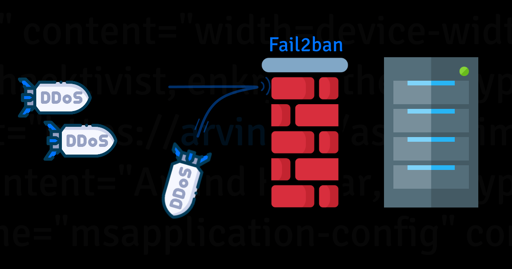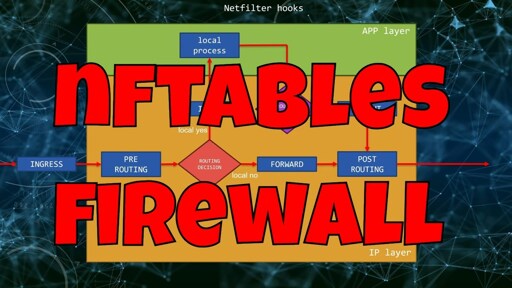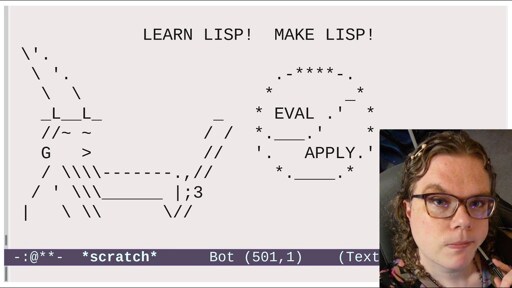
simple boilerplate stuff pretty well
-
It does not. My coworkers did some demos on this and it generated random, unnecessary, bloated, shitty, boilerplate. And worse, “because AI told me to” is now used to cement bad practices at my company. Just because it generates 1000s of LoC doesn’t mean you actually need that.
-
If you really need “standard boilerplate”, we’ve had tools to generate deterministic code for a long time now. They’re called snippets or templates. Just setup a company git repo template for your ideal project or whatever and have people clone that. Plus, this template repo would be reproducible, fixable, and debuggable, instead of rolling the dice with AI.















I don’t know anyone who works in tech (not IT) that is allowed to use Wangblows for development. If you’re a programmer/software developer, you’ll 1000% have to use Linux, either directly or indirectly. From small hardware devices, to automous cars, to simple web sites, all of that uses Linux. Lots of places give you a Linux laptop or at the very least give you Mac—because they consider Mac close enough to Linux. I’ve never needed to use Macroshit Office Suite for anything related to work. Zoom and Slack are the standard in Silicon Valley and both work fine on Linux.